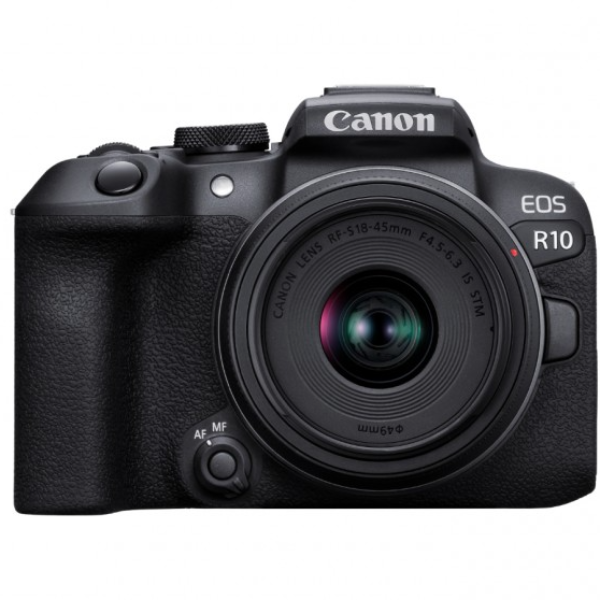Choosing the Right Mirrorless Lens: Focal Length, Aperture, and Image Stabilization Explained

In Doha and Qatar, mirrorless cameras have grown in acceptance, and for good reason. They are versatile, small, and have excellent image quality. But if you’re new to photography, picking the ideal lens for your mirrorless camera can be a difficult task. We’ll discuss the three main criteria to take into account when selecting a mirrorless lens in this article: focal length, aperture, and image stabilisation.
Focal Length
The angle of view and magnification of a lens are both governed by its focal length. A shorter focal length (such as 24mm) provides a wider angle of view, making it ideal for shooting landscapes and buildings. The narrower angle of view that a longer focal length (like 85mm) offers makes it perfect for portrait and sports photography. The 24mm, 35mm, 50mm, and 85mm focal lengths are the most widely used for mirrorless cameras.
Additionally, many mirrorless cameras have smaller sensors than their DSLR equivalents, which is something to keep in mind. This implies that a lens’s effective focal length on a mirrorless camera will be longer. For instance, a mirrorless camera with a 50mm lens and a 1.5x crop factor will have an effective focal length of 75mm.
Aperture
How much light a lens can admit and how shallow the depth of field can be are both governed by its aperture. Wider apertures (like f/1.4) are ideal for portraits and low-light situations because they let in more light and produce a shallower depth of field. Landscape photography benefits from a narrower aperture because it allows for a deeper depth of field while letting in less light (f/16, for example).
The fact that lenses with wider apertures typically cost more than those with narrower apertures should not be overlooked. However, if you frequently shoot in low-light conditions or desire a shallow depth of field, they might be worth the investment.
Image Stabilization
By minimising camera shake, image stabilisation (IS) technology enables you to take pictures with slower shutter speeds without motion blur. When using longer focal lengths or low light conditions, this can be especially helpful. While some mirrorless cameras rely on the IS in the lens, others have IS built into the camera body.
Look for a lens with IS if you intend to shoot in low light or with longer focal lengths. Remember that lenses with IS are typically more expensive than lenses without.
Think about the focal length, aperture, and image stabilisation when selecting a mirrorless lens in Doha and Qatar. Consider the kinds of photography you want to do, then pick a lens that works for you. Don’t be afraid to spend money on a good lens because it can significantly improve your pictures.
